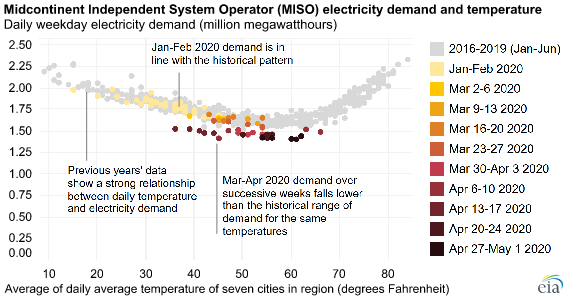
by Jeff Ihnen | Dec 13, 2022 | Energy Rant
The last few posts[1][2] featured an overview and complete report card on load management to get beyond net zero to real zero, a term I discovered last week. As promised, I will describe some permanent peak load reduction opportunities this week. Like many efficiency...

by Jeff Ihnen | Oct 14, 2020 | Energy Rant
Way back in April, I had generated a list of non-energy benefits of the COVID. One was the lack of traffic. That made driving easier and running a little safer with less hassle. Second, my, uh, wellness trainer stopped making trips to Europe, so rather than being gone...

by Jeff Ihnen | Sep 10, 2019 | Energy Rant
I flipped open AESP’s[1] annual magazine to pick up a topic for this week. I chose the last article on natural gas programs. I’ve always found it interesting that folks perceive natural gas to be an enigma for finding savings. If natural gas is being used, the...

by Jeff Ihnen | Oct 16, 2017 | Energy Rant
A couple weeks ago in Renewable Energy, Bad Parents, and Strawberries, I wrote that the value of an electrical generating resource depends a little on how cheaply it can produce energy (kWh), but a LOT on when and the (new word alert) dispatchability of the resource....

by Jeff Ihnen | Jul 17, 2017 | Energy Rant
This post is the main course following last week’s appetizer that covered some complexities of deep energy retrofits for homes. The thrust of that post was that even retrofitting homes requires considerations of many things that have nothing to do with energy – just...






